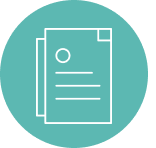LIBRARY
In our Library, you can find publications containing our research, workguides and other materials generated by the Western Hemisphere Program and IOM. You will also find information materials about our tools and campaigns and reports on our work.
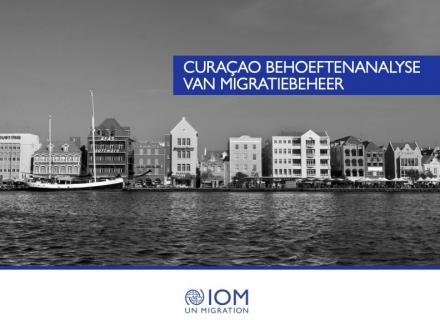
Curaçao behoeftenanalyse van migratiebeheer
Deze Migration Governance Needs Assessment (Behoefteanalyse van Migratiebeheer) geeft een panoramisch beeld weer van migratiebeheer in Curaçao. Door middel van concreet onderzoeksdata, in combinatie met de input van regionale belanghebbenden, biedt het een breder perspectief op mogelijkheden om migratiebeheer in het land te versterken. Daarnaast biedt het uitvoerbare aanbevelingen voor het minimaliseren van de potentiële risico's, en tegelijkertijd het maximaliseren van de economische en ontwikkelingsvoordelen, van migratie. Het onderzoek concentreert zich op de volgende zes hoofdthema's: migratiebeleid en internationale normen, migratie en grensbeheer, migratie in de context van noodsituaties en rampen, migranten bescherming en bijstand, migratie en gezondheid, en arbeidsmigratie en menselijke ontwikkeling.
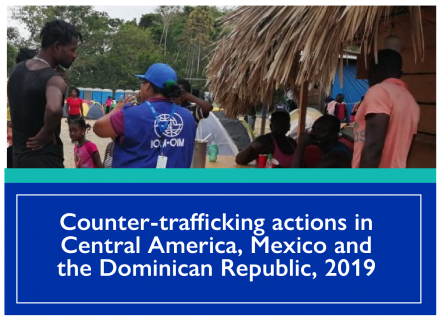
Regional report: counter-trafficking actions in Mesoamerica and the Caribbean. 2019
This infographic highlights the actions carried out in the region against trafficking in persons, specifically in the areas of identification and assistance of victims, prosecution, repatriation, and prevention of trafficking in persons. It should be noted that, in the case of Mexico, the data presented are preliminary figures and are subject to change.
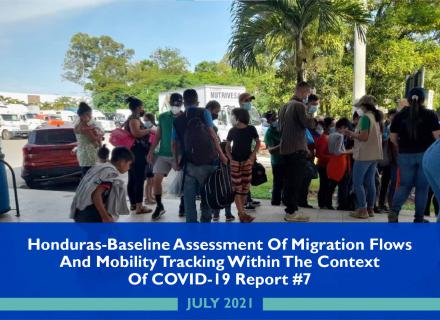
Honduras-Baseline Assessment Of Migration Flows And Mobility Tracking Within The Context Of COVID-19 Report #7 (July, 2021)
Honduran nationals continue to position themselves as one of the main outgoing migration flows. The search for better socioeconomic conditions and displacement due to violence continue to be the main reasons for Honduran migration. Particularly, persecution and threats from gangs against men under 17 years of age have intensified, forcing this population to migrate in an irregular manner due to internal displacement.
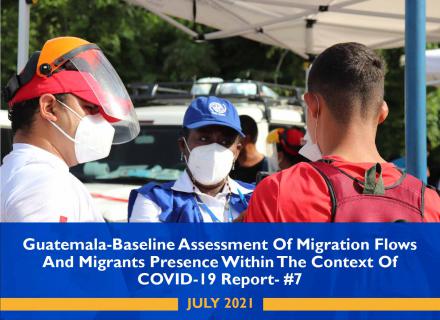
Guatemala-Baseline Assessment Of Migration Flows And Migrants Presence Within The Context Of COVID-19 Report- #7 (July, 2021)
According to key informants, most migrants in transit through Guatemala enter the country through blind crossings at the borders of El Corinto in Izabal, and El Florido and Agua Caliente located in Chiquimula, in small mixed groups of various age groups. These persons transit in an irregular condition, evading migration control posts established by the Guatemalan Government at these borders, which consist of the review of personal identification and proof of the COVID-19 test.
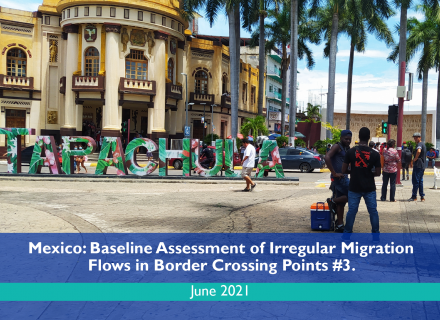
Mexico-Baseline Assessment Of Irregular Migration Flows And Mobility Monitoring In Border Crossing Points Within The Context Of COVID-19 #3 (July, 2021)
The DTM (Displacement Tracking Matrix), through the sub-components ow monitoring and mobility tracking, is a methodology whose purpose is to quantify and analyze trends in migration ows and the presence of migrants in specic locations during a specic period. Data were collected from interviews with strategically selected key informants, which were carried out remotely.
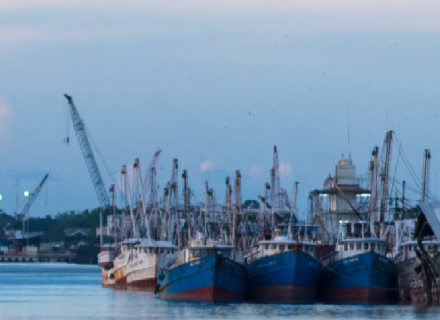
Summary report. Planning for prosperity. Labour migration and Guyana's emerging economy
While Guyana has made economic and social progress over the past three decades, it is imperative that policymakers adapt and adjust the policy framework, institutions and legislation for the country to realize its full growth potential. An example which foreshadows the changes to be seen in Guyana can be observed by the increase in the number of migrant workers.
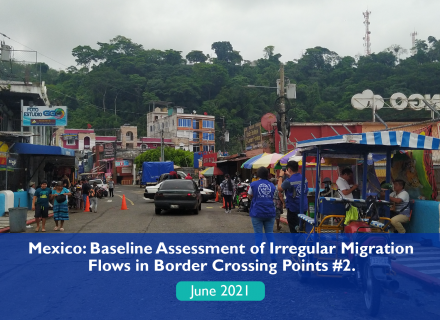
Mexico-Baseline Assessment Of Irregular Migration Flows And Mobility Monitoring In Border Crossing Points Within The Context Of COVID-19 #2 (June, 2021)
According to the Statistical Bulletin of the Migration Policy Unit, in June 2021 Chiapas saw 2,681 events where foreigners were returned by the immigration authority: 1,960 men and 370 women of Central American nationalities. The DTM (Displacement Tracking Matrix), through the sub-components ow monitoring and mobility tracking, is a methodology whose purpose is to quantify and analyze trends in migration ows and the presence of migrants in specic locations during a specic period.
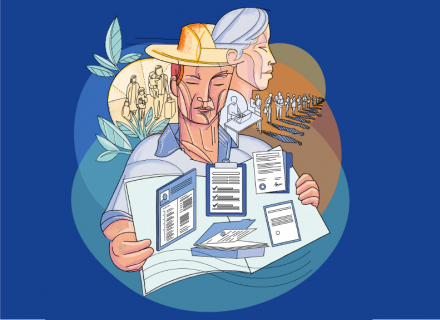
Regional Study: Migratory regularization programmes and processes
The study presents a contextualization of regularization programs and processes in North America, Central America and the Dominican Republic. It identifies the initiatives conducted for migratory regularization and their implementation, as well as the general characteristics and challenges at the regional level for their adequate management. For example, facilitating migrants' access to these programs. Finally, it analyzes the areas of opportunity and best practices of migratory regularization in the region, proposing concrete recommendations for the phases of creation and implementation of regularization programs and processes, the renewal of migratory categories and the integration of regularized migrants.
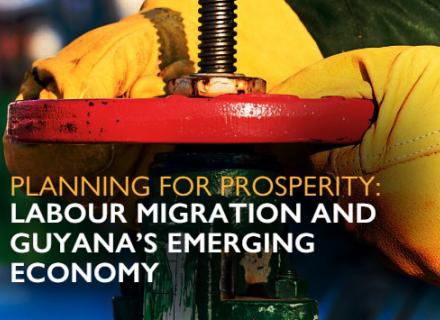
Planning for prosperity: labour migration and Guyana's emerging economy
Due to an emerging oil and gas sector, the Guyana's economic growth is expected to contribute to important migration flows, including the return of Guyanese nationals and their families in the diaspora, nationals from other Caribbean Community (CARICOM) States, nationals from States looking for investment opportunities, and internal flows of Guyanese nationals in the interior. This study reflects IOM’s continuing commitment to support the Government of Guyana in the development of a comprehensive national migration policy and systems for the ethical recruitment of workers.
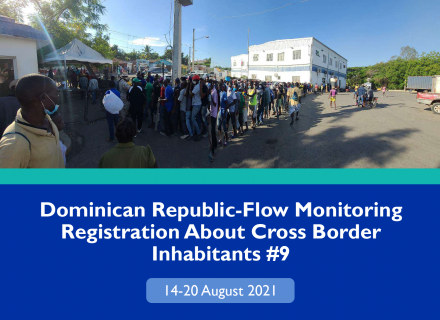
Dominican Republic-Flow Monitoring Registration About Cross Border Inhabitants #9, 14-20 August 2021
This study provides an analysis of trends in the mobility of people, between August 14 and 20, 2021, at four specific border posts: Dajabón, Comendador de Elías Piña, Jimaní and Pedernales. Four data collectors participated, one for each point, to carry out the monitoring and counting of people.


